Last Updated on August 5, 2021

Ink & Pixel is a source of pride and joy for me as a writer and as such, I’m always striving to take this column further for those who read and enjoy it. If you yourself, or anyone you know, helped to make any of the amazing feature animated films found within this column, I would love to talk to you to further my knowledge. Please contact me at [email protected] so we can discuss it further.
There aren’t too many risks being taken in animation these days. Sure, new techniques are being explored, but the presentation of nearly all of today’s animated feature films are comprised mostly of computer generated images or a whole lot of motion capture technology. There’s certainly nothing wrong with these methods; but as variety is the spice of life, it’s nice to know that some filmmakers are still willing to employ more traditional methods to tell their story. This is just one reason I would consider A CAT IN PARIS to be something of a relief. Simple and traditional in its presentation- the film avoids packing itself so full of bells and whistles so that the emotionally gripping narrative is never overshadowed by a series of “Look what we can do now!” animation techniques.

A CAT IN PARIS is the tangled tale of Nico (Steven Blum), a wiry burglar who each night traverses the tiled rooftops of Rue Mouffetard, Paris in search of jewels, cash, and rare artifacts from around the globe. At his side, slinking through the shadows, is a black cat that just happens to belong to a little girl named Zoe (Lauren Weintraub), the traumatized and mute daughter of Police Supervisor, Jeanne (Marcia Gay Harden). Zoe, being a rather mischievous little girl, has grown rather curious of her cat’s nightly activities, and decides one night to follow the cat in hopes of finding an adventure. In the midst of her travels, Zoe, unfortunately, encounters the hot-tempered mob boss, Victor Costa (JB Blanc), the man responsible for her father’s death and he mother’s tireless nights at the local police department. Of course, this undoubtedly lands Zoe in a heap of trouble and the adventure she was looking for.

With Nico in possession of a rare artifact desired by Costa, Zoe giving chase to Costa’s henchmen throughout the city, and Zoe’s Police Supervisor mother in hot pursuit of the man responsible for her husband’s murder and daughter’s abduction, all of the story’s major players are now intertwined. Will everyone escape with their lives? Will Zoe and her mother have their revenge? Can a thief be redeemed? The night is young and the sky is filled with the brightest of stars. Anything can happen.

A CAT IN PARIS was released in the year 2010 courtesy of the French animation studio Folimage. The film began after long-formed partners, Jean-Loup Felicioli and Alain Gagnol, decided that after creating 14 short films together, it was time to raise the bar and try their hands at a full length feature. Much like Hiroyuki Morita’s THE CAT RETURNS, A CAT IN PARIS was inspired by the notion of “What exactly do cats do once they escape into the night?” And what if your cat was a simple house cat by day, but by night was a clever cat burglar? How would you cope with that? I personally think it would be pretty cool. But let’s move on …

At its core, A CAT IN PARIS, is a straight up tribute to the 19th century art movement of Impressionism. Executed through the cinematic art style of Film Noir. Impressionism, originated from a group of artists living inside of Paris and is noted for its distinct use of small, delicate brush strokes against vibrant colors to create emotional depth within the art itself. Using elements such as the natural light of our passing days and its effects on human features, Impressionists sought to display landscapes and humans at their most vulnerable. You can usually identify an impressionists painting by their use of harsh angles and constructs that are almost always represented as being slightly askew.

The reason for applying this classic approach to art and film was because both Felicioli and Gagnol thought it the best way to represent the US Film Noir style they were so hoping to emulate. Film Noir, of course, was a very popular film style made primarily during the early 1940’s to the late 1950’s, recognizable by it’s shadowy, dull, black and white presentation and emphasis on themes of crime, love, and the always sinister double cross. Borrowing heavily from German Expressionism, A CAT IN PARIS looked to films such as THE NIGHT OF THE HUNTER and WHITE HEAT for inspiration as to how to plot their film.
Like all other animated features, A CAT IN PARIS started with a series of storyboards that according to Felicioli and Gagnol, needed to be redrawn and rethought a total of three times before getting it right. If you ask me, this process sounds as if it was a “Golidlocks and the Three Bears” of animated film making. The first draft was deemed too dark and brooding, the second draft too silly and relying far too much on comedy to propel the story, the third turned out to be just right.

In what is now a rare occasion for animated film making, A CAT IN PARIS was made entirely by hand with pencils, paper, and a whole lot of erasers. Due to the elaborate nature of the Impressionist art style and the desired movement of the animation, each and every frame of the film took several hours (sometimes days) to complete. What’s important to remember about this being a hand-drawn animated feature is that the artists (12 in all, spread out over only two studios) needed to light the film using all of the original cells.

What do I mean by this? Think about it, okay? Nowadays we create almost everything that we animate using the magic of math and computers. For example, if you need a light, you simply open up your tool bar, select the brightness, opacity, and size of the light source and drop it into place. This was not the case with A CAT IN PARIS. Every light, every time the light changes, every time the light drops off an object, it needs to be drawn. Imagine having to account for that when drawing each and every frame. It’s madness.
A CAT IN PARIS was nominated for an Academy Award for Best Animated Feature in 2011 alongside another foreign animated film entitled CHICO and RITA. This was the first time in Academy history that two foreign animated films were nominated in the same category. Though, in the end, both films ended up losing to Gore Verbinski‘s psychedelic lizard western, RANGO.

Foreign animated films never seem to fair too well in theaters. Perhaps in the case of A CAT IN PARIS, it was due to the mature nature of the film’s story coupled with the risky, kid-repelling approach to the film’s art. In the end, I give Felicioli and Gagnol credit for sticking to their creative vision. The film only managed to gross $309,973 domestically but has remained a favorite of critics and animated film buffs since its release. The film also boasts a more respectable 81% Fresh rating on RottenTomatoes.com with 48 of the 59 reviews deemed positive.

This isn’t a review column, but A CAT IN PARIS was damn good. It’s my hope that we’ll see more films like this one in the future. I like a film that goes against the grain of modern day approaches to animation and strives to be what it originally intended, a film noir featuring colorful characters and one adorable, sneaky kitty cat. If you’re in the mood for something different with a touch of class than A CAT IN PARIS might be your cat’s meow.










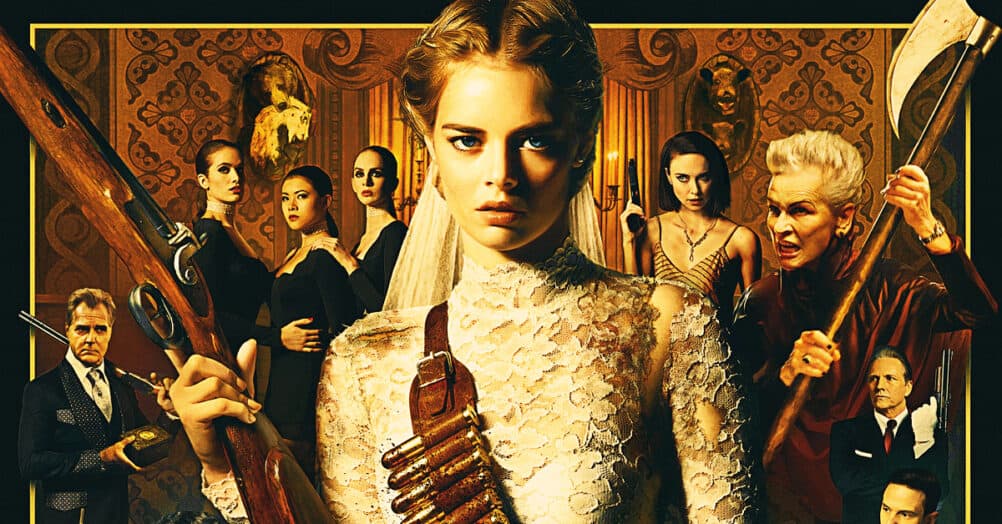

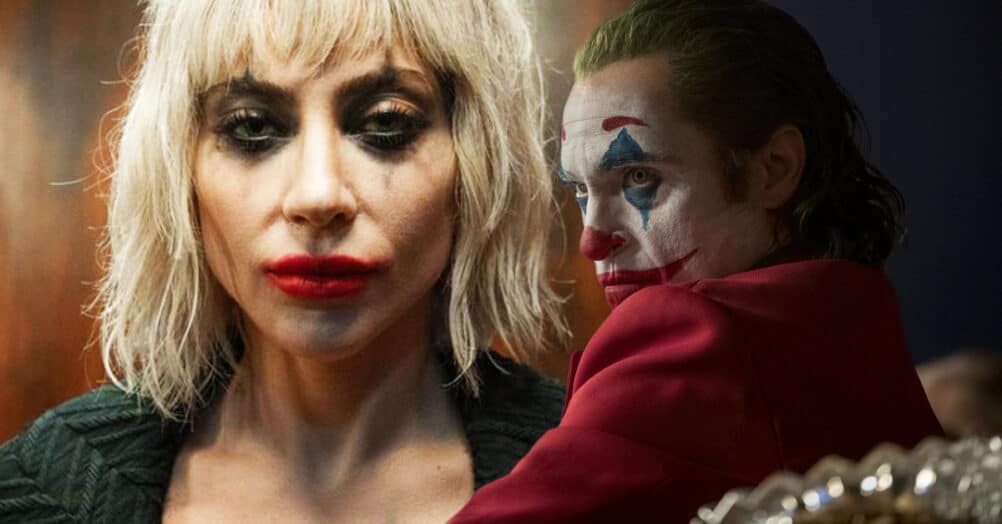
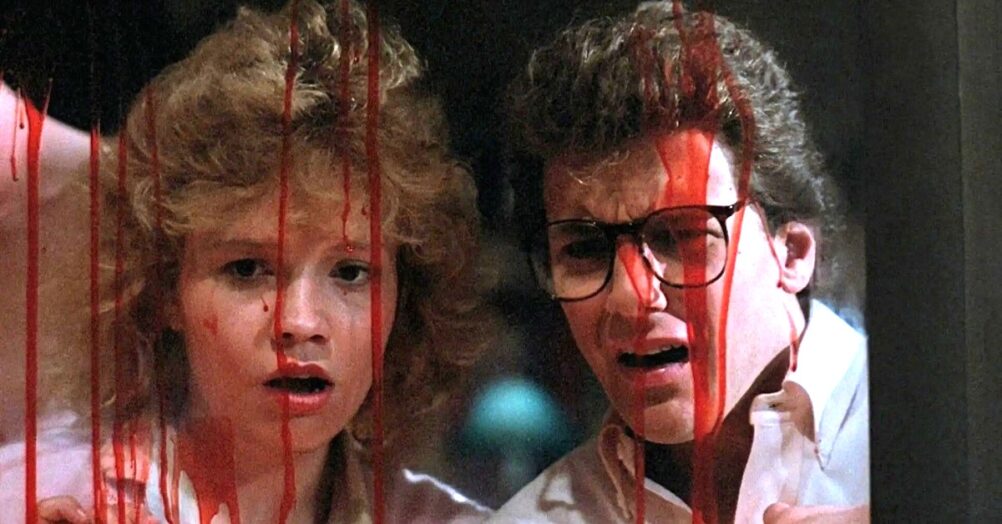
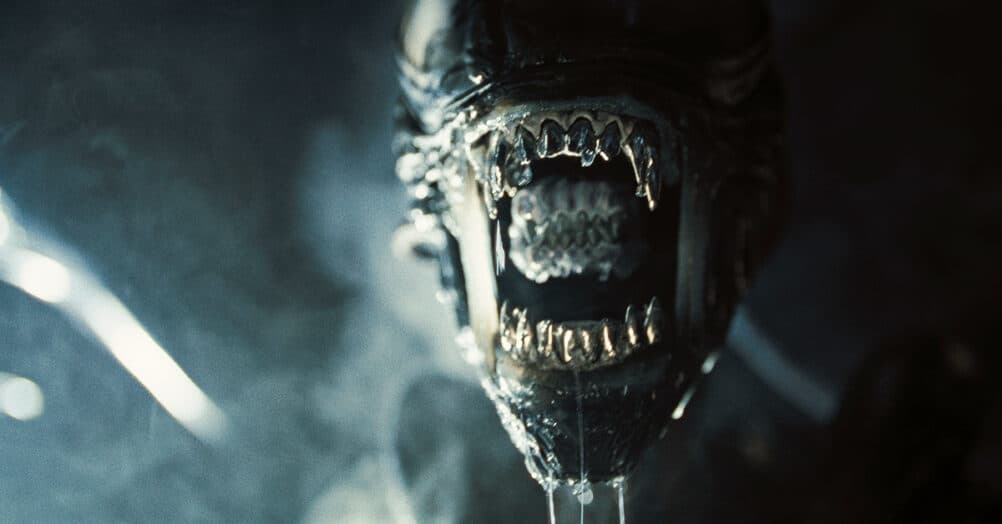
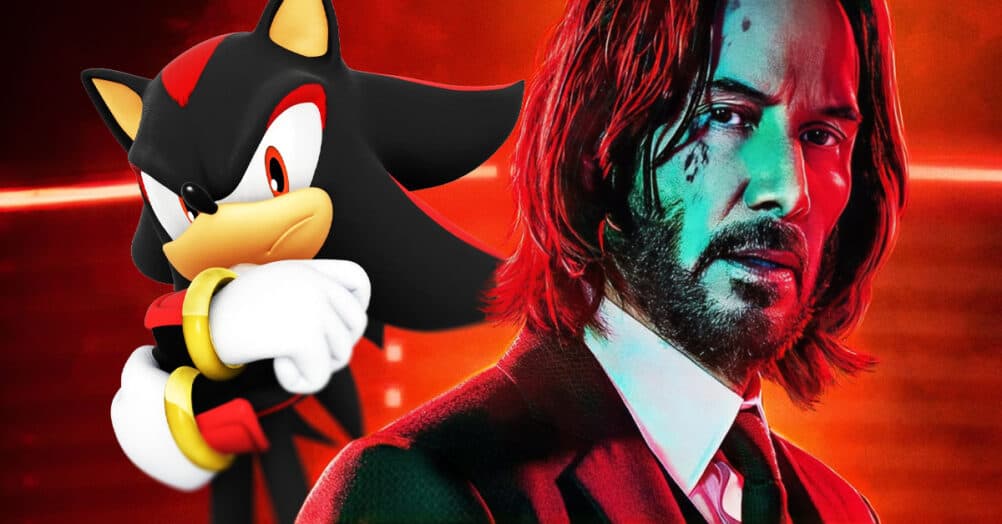
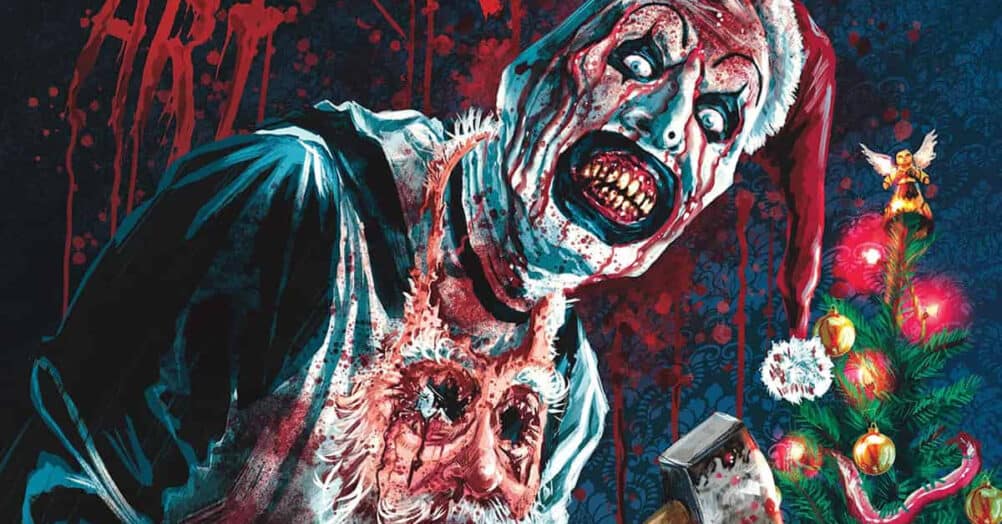
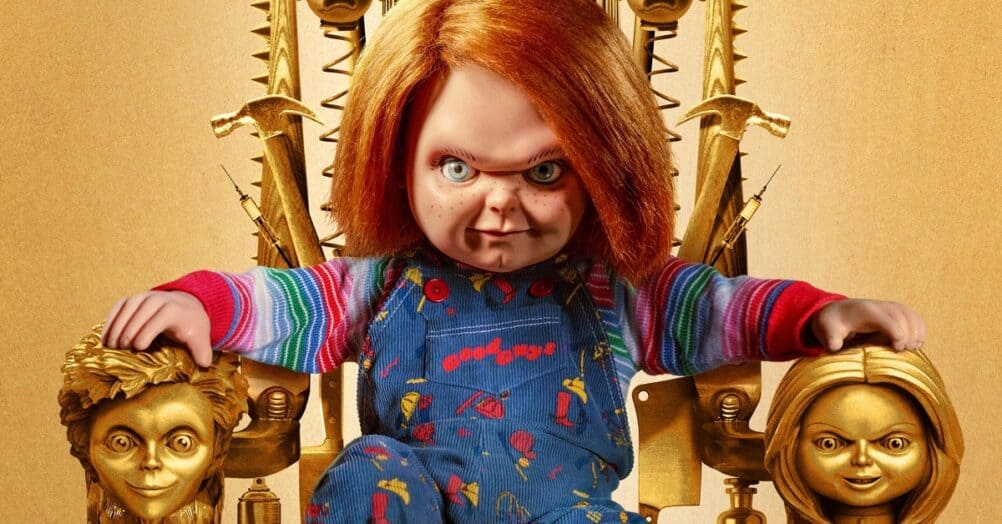

Follow the JOBLO MOVIE NETWORK
Follow us on YOUTUBE
Follow ARROW IN THE HEAD
Follow AITH on YOUTUBE